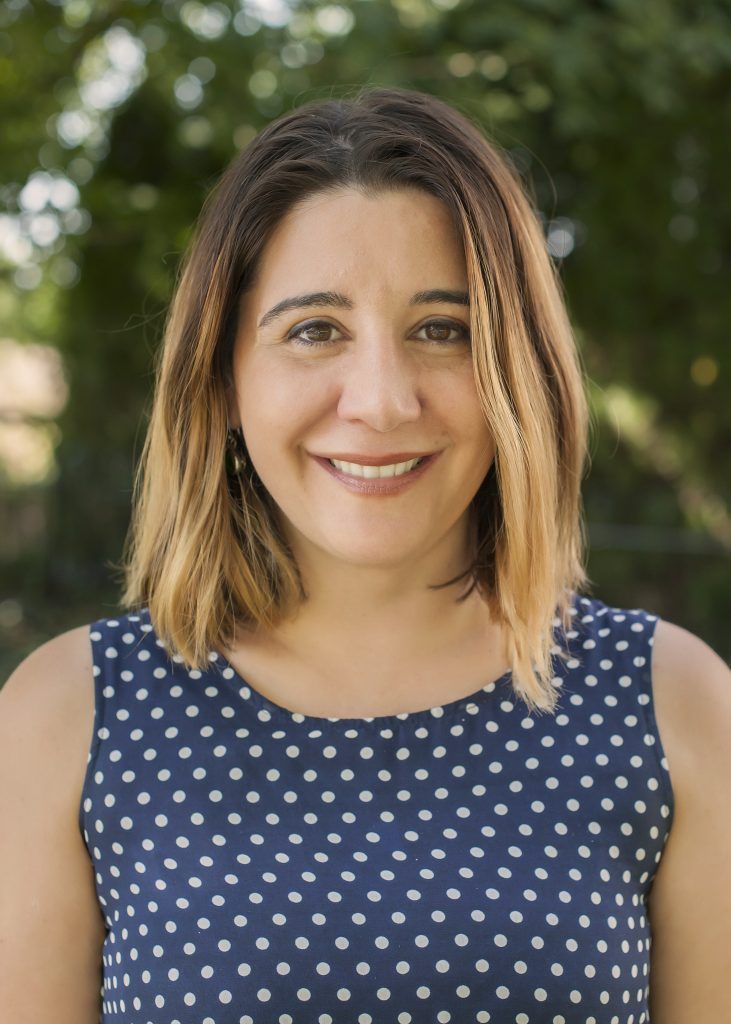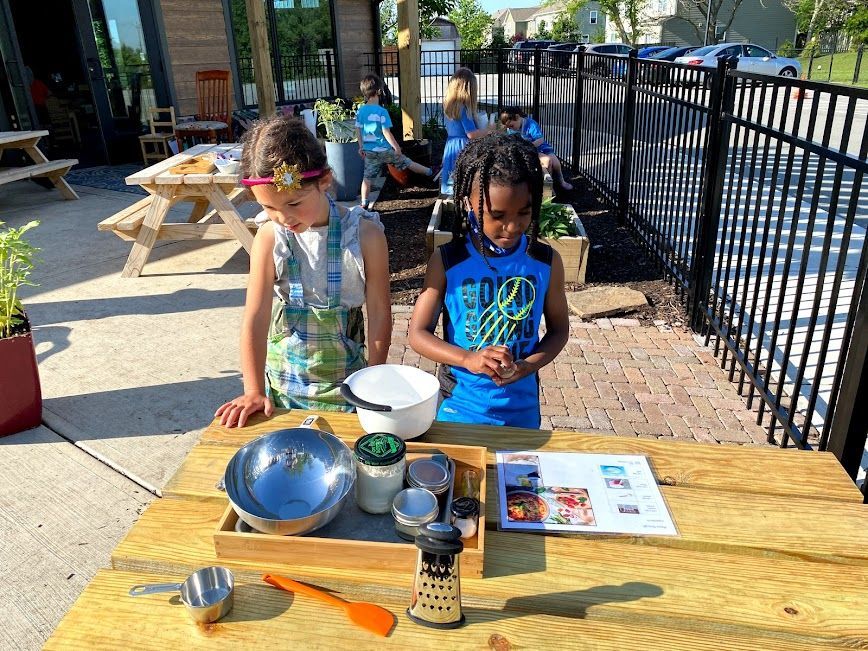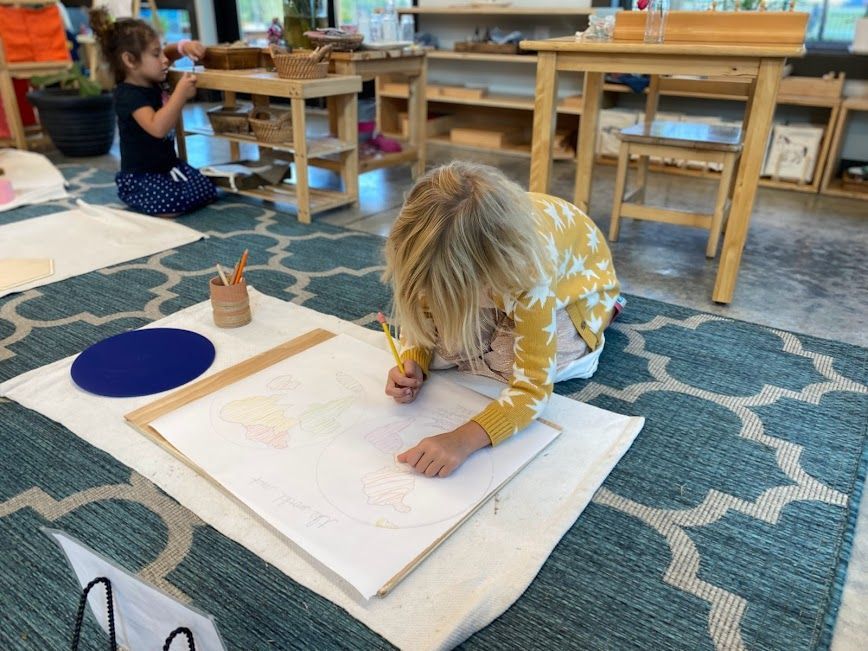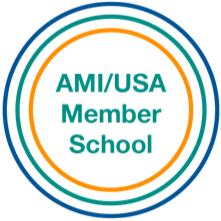Greetings IMA families and welcome to the 2019-2020 school year.
As your journey into Montessori education begins, I invite all parents to be inspired by a lady that, through extensive research, observation and deep understanding of the way children should be educated, revolutionized and created a novel pedagogical science.
Who was this woman that revolutionized the field of childhood education? She was a great scientist and human being that never gave up on her personal dream to understand, support and enhance children’s education and performance throughout all stages of their life. I am excited to write an article highlighting some of Maria Montessori’s life events. Dr. Montessori not only transformed millions of people’s life but also my own, and not only as a parent and teacher but also as a person.
As a first-generation Italian, I remember being curious about the 1,000-Italian lira bank note that existed before the Euro came in circulation in 1999. As in the United States the dollar bill has George Washington, in Italy there was Maria Montessori’s face to represent the 1,000 banknotes. I carried this woman’s image on the bank note as a great curiosity. As a child I realized that she was important and perhaps she was a lady that loved all children. Interestingly, later she became a big influence in my professional and personal life.
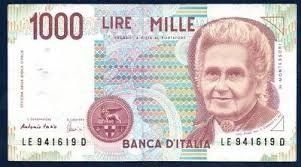
Dr. Montessori made her mark in society at a time when women were not considered or acknowledged to be capable of going to University. It was against all odds for women to receive a University degree and pursue a medical career. She had the courage and strength to not follow the deeply rooted mentality of the time period where she lived, but to follow her dreams and her strong love for educating all children. She noticed through her long observations that children needed a prepared environment to support their desires to learn.
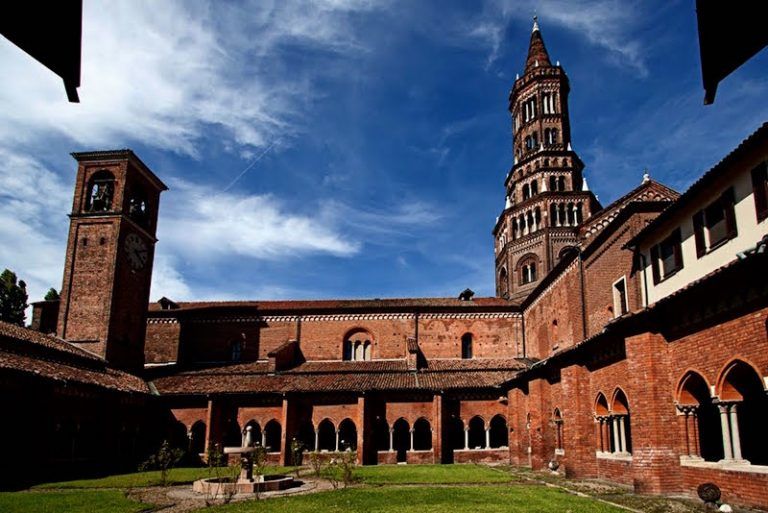
Her father Alessandro was employed as an accountant in the civil service, and her mother, Renilde Stoppani, was a very well-educated woman that had a passion for reading. She was a great mentor for Maria Montessori throughout her life demonstrating how important a parent’s influence and support can allow a child to reach great possibilities. Maria moved to Rome (Italy) when she was 10 and was able to continue her studies there.
Once she graduated secondary school, despite her parents’ encouragement to pursue a career in teaching (as all the well-educated women of that era), she was interested in medical science. This latter career choice was a male dominated field at the time.
After facing insurmountable obstacles and after many refusals due to gender biases, Maria was eventually given entry to the Sapienza University of Rome in 1890, becoming one of the first women enrolling in medical school in Italy. She graduated in Medicine with honors in July 1896.
Subsequently, she became known for her high levels of competency in treating patients, but also for the respect she showed to patients from all social classes; she was also involved in the Women’s Rights Movement, that was very revolutionary considering the historical context.
In 1897, Maria joined the psychiatric clinic of the University of Rome, as a volunteer for a research project involving children with learning disabilities.
Maria gave birth to her only son Mario that later became her closest team member and work partner. Together they were able to continue doing great work to support children.
At twenty-eight years-old, Maria began developing the idea of a global social reform in areas such as gender roles, or advocacy for children, that will be considered one of the recurring themes throughout her life. During this period, she started advocating the very controversial theory that the lack of support for mentally and developmentally disabled children was the cause of their dysfunctional behavior.
After a long period of time spent doing her own studies and researches in anthropology, pedagogy and philosophy, that lasted from 1904 to 1908, she became a lecturer at the Pedagogic School of the University of Rome.
Afterwards, Maria Montessori was invited to open a school for the working class in the area of San Lorenzo, Rome. In 1907, there was the First Children’s House created called “Casa Dei Bambini.” The children that attended were left to learn life skills as their parents worked all day. The purpose of the school was to have activities for the children that allowed them not to destruct the property of the home. In addition, Maria was able to present her material to the children for them to practice becoming ‘normal’ children.

As Maria continued to observe the children, she came to the realization that children needed an environment that was designed to have activities to support their development. After this experience Maria opened her first training course in 1909 and her observational notes allowed her to publish her first book that same year ‘The Montessori Method’. This later was translated in many different languages. All over the world Maria Montessori training programs and schools started to begin. This also allowed Maria to travel and participate throughout the world to public speak about education for children.
Both Maria and her son established the Association Montessori Internationale (AMI) to carry out her work.
Throughout the war times in 1936 Maria and her son, Mario, traveled to England and then stayed in the Netherlands for some time. Maria was invited to a three-month lecture tour in 1939 that lead her to live in India for seven years. During Maria and Mario’s time in India is where the approach to support the 6-12 child through ‘Cosmic Education’ was developed. Together with her son she was able to train numerous Indian teachers.
After Maria’s return to the Netherlands in 1946 she emphasized the theme of ‘Education and Peace’ to UNESCO (United Nations Educational, Scientific and Cultural Organization). This led Maria to be nominated in 1949, 1950 and 1951 for the Nobel Peace Prize. With great excitement, I share with families to read her book “Peace and Education” to appreciate her great works. Maria had the opportunity to live and visit so many countries in the world. During her travels she was able to work with so many important figures throughout the world. She considered herself a citizen of the world.
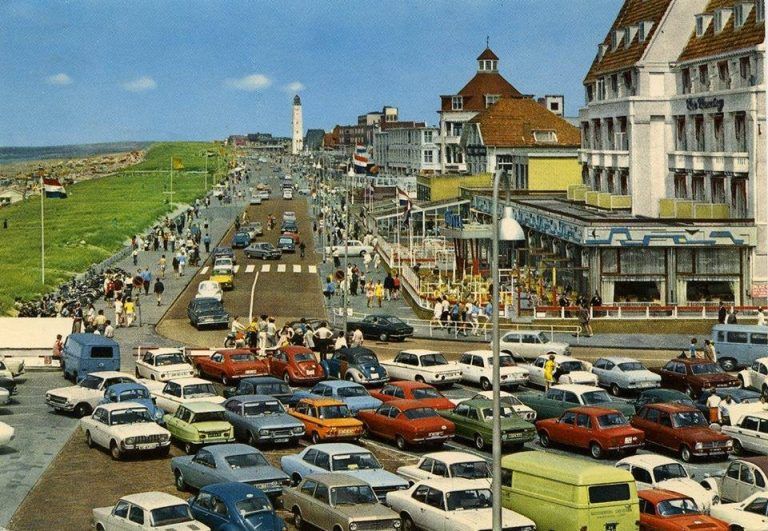
On her grave it says in Italian “I beg the dear, all-powerful children to join me in creating peace in man in the world.” This is just a small snapshot of Maria Montessori’s life accomplishments.
I had the great privilege of pursuing my AMI Montessori training in St. Paul, Minnesota. Within my training center one can visit the Montessori Museum and explore through documented pictures taken from around the world how Montessori education has progressed and expanded all over the world.
The Montessori Method is an approach to education that does not classify itself as public or private. It is considered a universal method for all children. In today’s globalized society the Montessori education allows children to be prepared for the world in the standards of education. This Montessori method of education is well-recognized and appreciated by educators throughout the world. The Montessori Method does not stop at primary. Primary opens the door to allow the children to learn life skills and the introduction to learning that supports the first stage of life. Elementary is the academic years where the child needs a prepared environment for the acquisition of learning all the different themes of education. The next stage of life (6-12) is when the child asks questions and wants to discover the how and why. We want the child to develop a love for learning that will allow them to become well-educated human beings that they will carry throughout their college years.
I praise IMA parents for investing in their children’s education. Whether you fell into Montessori by chance or researched for quality education, I welcome you to this rewarding environment for your child. They will be able to carry the skills and academics they learn throughout these years for the rest of their life. These are the foundational skills that they will use in University and their practical everyday life. Maria Montessori strongly believed in the power of children and that education can change the world. She knew the power of education given to the “child mind” had the capacity to create a peaceful and productive world that will transform the future generations.

Sincerely,
Suzette Vetrini
Elementary Directress, IMA
